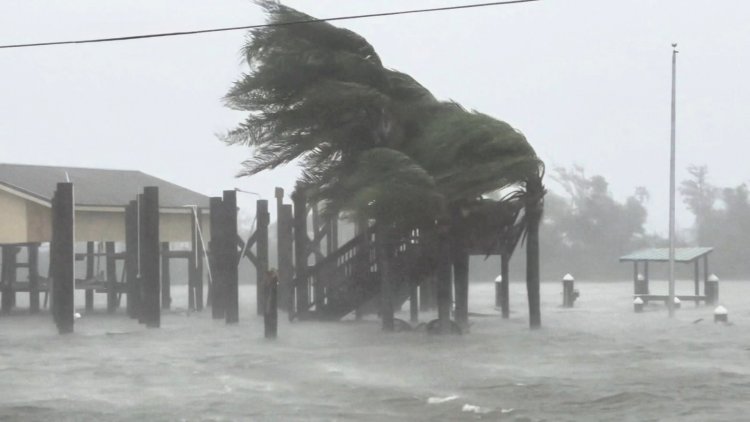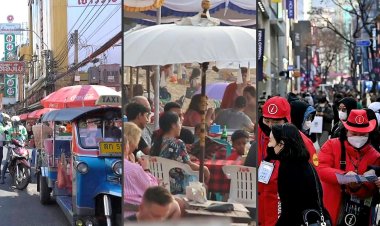Hurricane Francine Causes Power Outages, Flooding in Louisiana

Hurricane Francine left hundreds of thousands without power and caused widespread flooding in Louisiana as it made landfall in Morgan City as a Category 2 storm.
Francine weakened into a post-tropical cyclone as it moved north across Mississippi, soaking that state and its neighbors in heavy rain after it slammed into the Louisiana coast as a dangerous Category 2 hurricane. It was tracking over central Mississippi by the early evening.
As the system moved inland, crews began clearing roads and restoring electricity while neighborhoods and businesses started cleaning up the mess. There were no immediate reports of deaths or injuries, Louisiana Gov. Jeff Landry said.
At one point, around 500 people were in emergency shelters, state officials said.
"The amount of money invested in resilience has really made a difference, from the power outages to the number of homes saved," said Deanne Criswell, the administrator of the Federal Emergency Management Agency, who attended the governor's news conference.
New Orleans was inundated with 186 millimeters of rain, about three times the amount of rain, 60 millimeters, it receives on average in September, according to the National Weather Service.
The storm knocked out electricity to hundreds of thousands of homes and businesses and threatened widespread flooding as it sent a potentially deadly storm surge rushing inland along the Gulf Coast. But Francine quickly lost much of its punch as it moved over land, and it was initially downgraded to a tropical storm.
More than 149,000 customers were without power across Louisiana, down from a peak of more than 450,000, according to the Public Service Commission.
Francine continued to weaken, with maximum sustained winds dropping, according to the National Hurricane Center.
The National Hurricane Center said Francine would continue bringing the threat of heavy rainfall and tornadoes to portions of the Mississippi Delta, Alabama, western Georgia, and the Florida Panhandle.















